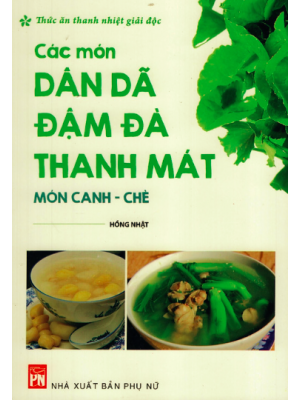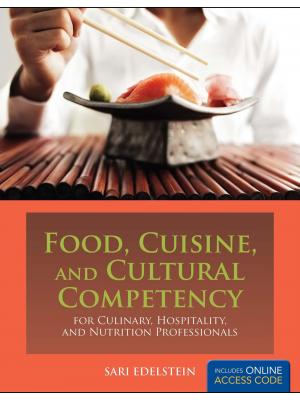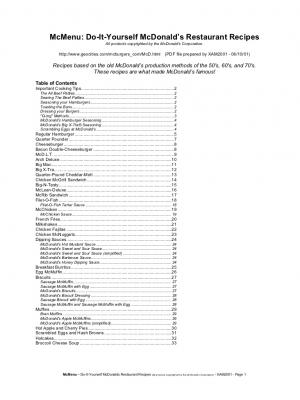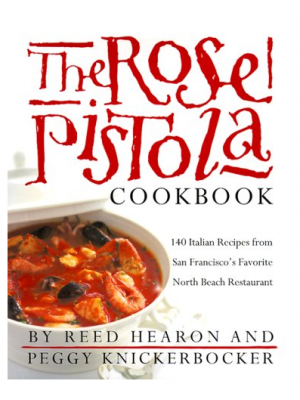The New Fresh Seafood Buyer’s Guide: A manual for distributors, restaurants and retailers
Chuyên mục sách: Bếp
Loại sách: Tài liệu miễn phí
Loại hình: Ebook
Người chia sẻ: Thich Tam Pham
This book is a completely new edition of Fresh Seafood-The Commer cial Buyer's Guide, which was first published in 1984. There have been many changes in both product and the seafood business in the intervening years.
02-07-2020
2578
Miễn phí
The subject of this book is fresh seafood. "Fresh" is defined as product handled under refrigeration (mechanical or ice) from har vester to consumer. This excludes frozen product, canned product and other shelf-stable packaging. Frozen seafoods are covered in the companion volume, The New Frozen Seafood Handbook. Many prod ucts are, of course, handled in both refrigerated and frozen forms. There may be substantial differences, not just in how they are han dled, but in how they are processed, graded and packed. Frozen sea foods are often treated and traded as commodities, with standard descriptions. Marketing and distributing fresh fish and shellfish, which has to be eaten within days of harvest, is necessarily more personal and direct. The contest between refrigerated and frozen seafoods has continued for many years and shows no signs of resolving. Despite massive im provements in the quality of much frozen product, consumers and their retail and restaurant suppliers still tend to believe that "fresh" is bet ter, perhaps simply because the word "fresh" is naturally appealing.
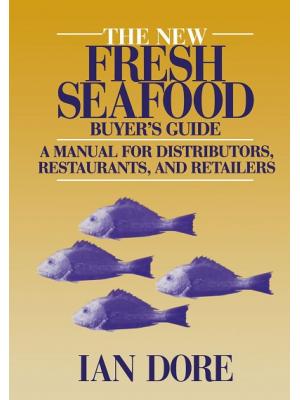
The New Fresh Seafood Buyer’s Guide: A manual for distributors, restaurants and retailers
372660
Thành viên
1195
Sách miễn phí
155
Sách trả phí
42
Sách bán offline



